A plethora of cockamamie energy ideas has been let loose in the re-watered D.C. swamp lately, and the public is being fed a pack of propaganda about the "need" for all of them.
The Bloomberg OpEd (coincidentally in cahoots with Bill Gates and maybe other filthy rich guys) tells us what "we" need... We need an omnipotent Federal Energy Regulatory Commission (FERC) run amok:
FERC’s powers may be limited, but it can do more. Taking a firmer line on transmission investments proposed by utilities could push more of them to put their planning in the hands of independent regional bodies. In addition, the 2005 Energy Policy Act grants the Department of Energy the power to designate priority transmission corridors; if states refuse to comply, FERC has the authority to approve projects. Court challenges stymied early efforts, yet the legislation remains on the books. The Biden administration should work to revive it.
Bloomberg also failed to elaborate on the DOE and FERC "power" to approve new transmission projects "on the books." What's currently "on the books", as interpreted by a federal court, allows states to deny applications for new transmission and end the issue. FERC currently has no authority to approve projects that are rightfully denied by a state utility commission. However, if transparently presented, perhaps they meant to say that new legislation is needed to usurp state authority to site and permit electric transmission, because that's what's included in proposed legislation. HR 1512 changes "what's on the books" to allow FERC to issue a permit for new transmission in the event a state denies one. So imagine a new transmission project threatens your community, and you marshal your resources to oppose it at your state utility commission. If you are successful and the state denies the permit, you still can't win because FERC will step in and issue a permit for the project against the better judgment of your state utility commission.
And in the realm of cockamamie... Congress recently heard testimony about creating new CO2 pipelines. What is that?
CCUS at gigaton scale from power plants and industrial facilities will require a major CO2 pipeline infrastructure and significant hubs for geological CO2 storage. In addition, reaching net zero emissions – and eventually net negative emissions – throughout the economy will require carbon dioxide removal (CDR) from the atmosphere and upper ocean layers.
Now here's a really awful idea...
I recommend that Congress create and fund a Federal Electric Transmission Authority with the capabilities and funds to manage and coordinate national-scale transmission planning, design, and construction. This Authority should work closely with FERC, the states, DOE, and existing industry and reliability authorities to expand, build and adapt a robust transmission network that meets our nation’s needs over the long term. This will require decades of effort. Therefore the Transmission Authority must be created by statute to maintain mission, expertise and funding continuity (much like the Federal Highway Administration) and protect it from changing administration policy preferences.
You'll find a mine field of dumb ideas of what "we" need if you peruse the testimony currently being given before the House Energy and Commerce Committee. Went looking for something particular the other day and felt quite like Alice after tumbling down the rabbit hole. It's not about "we", it's about what the elite want to impose on us to check a few items off their personal political wish list.
What a mess! A costly conglomeration of cockamamie Congressional conceptions.
***It has been confirmed. The CO2 storage caverns will be nowhere near Beethoven's house. How close will they be to yours?
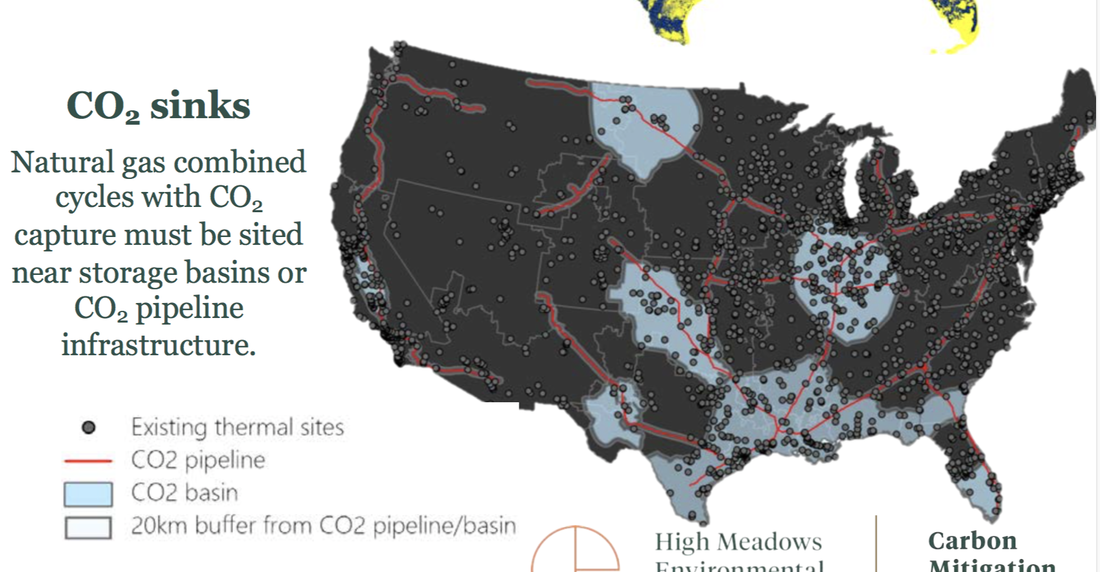






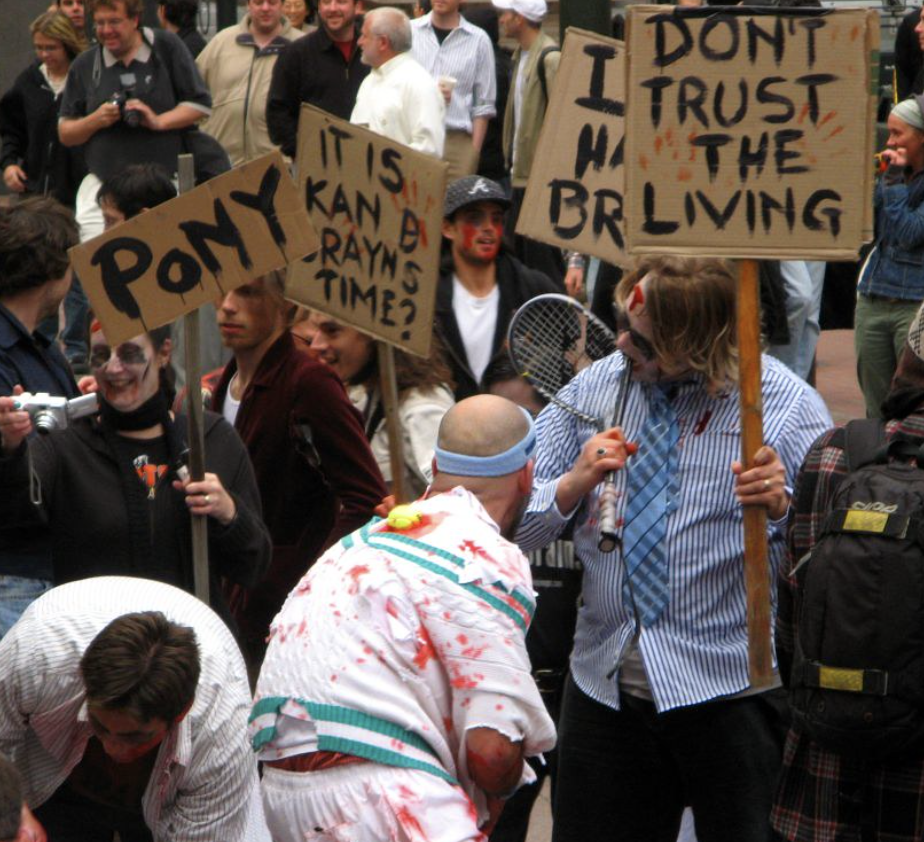
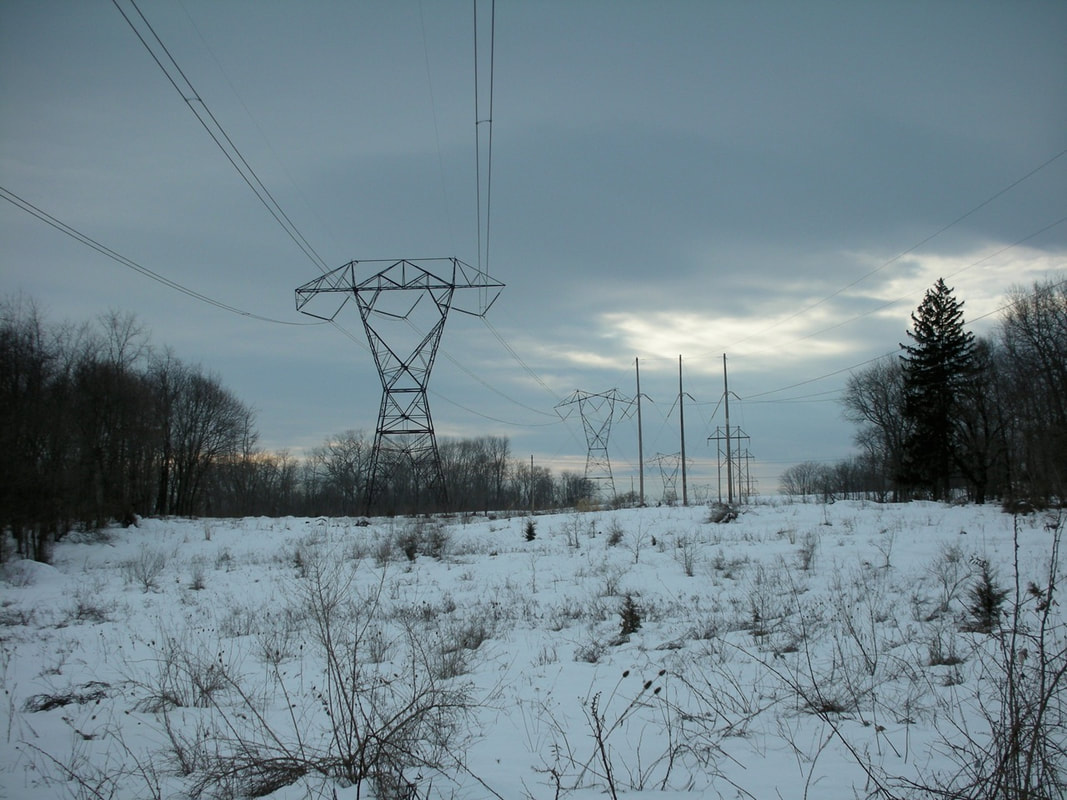
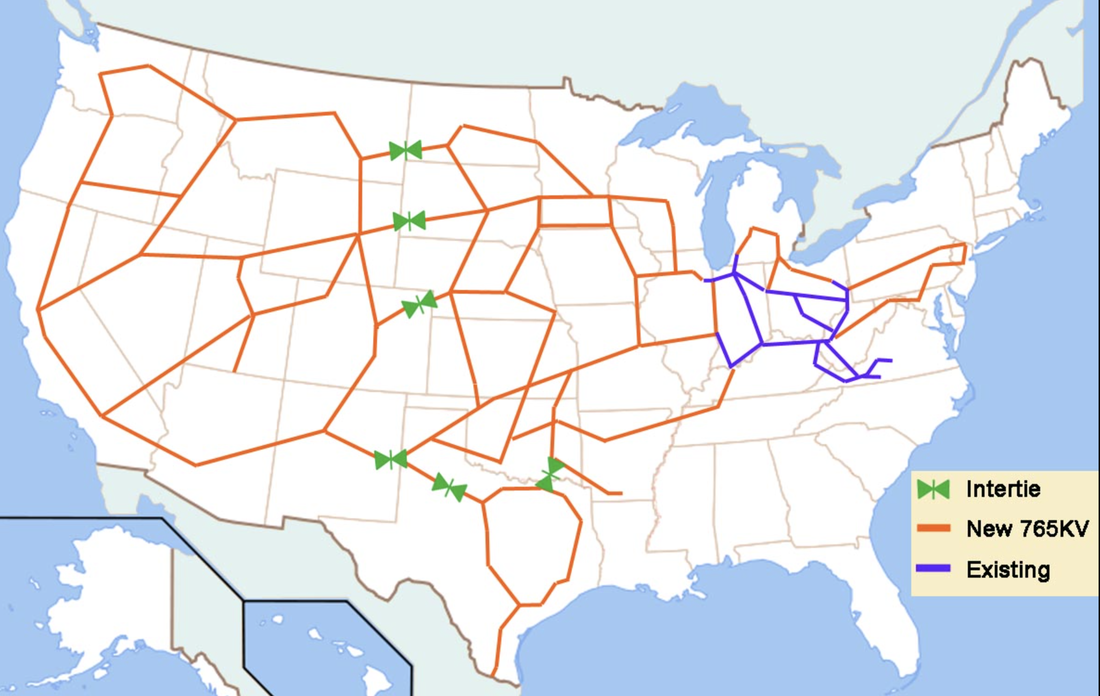
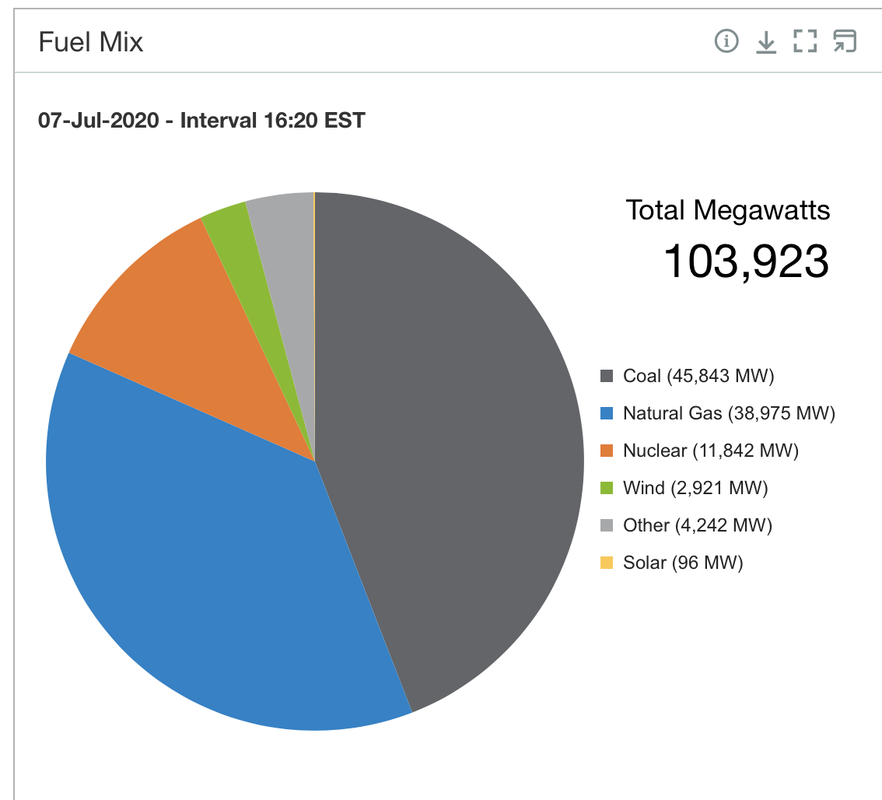
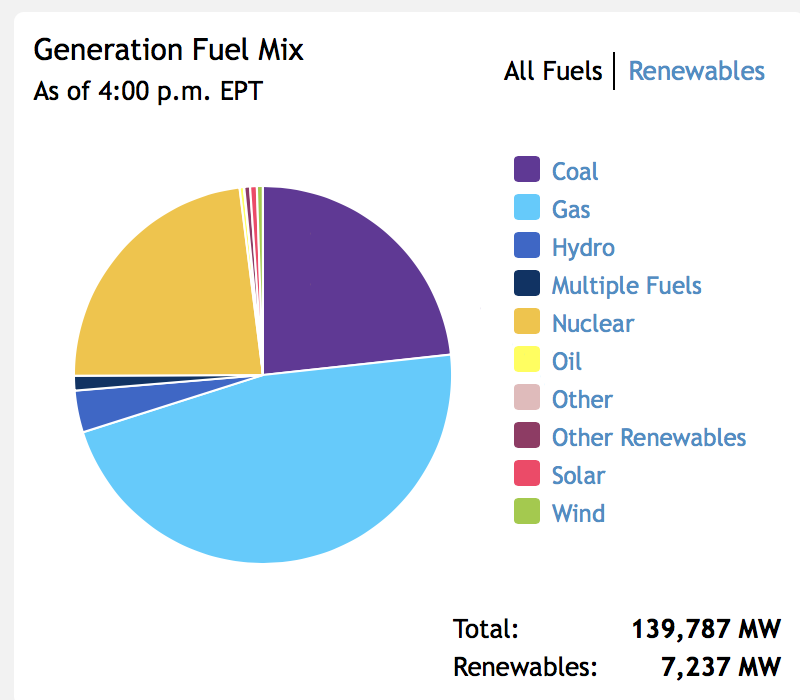
 RSS Feed
RSS Feed